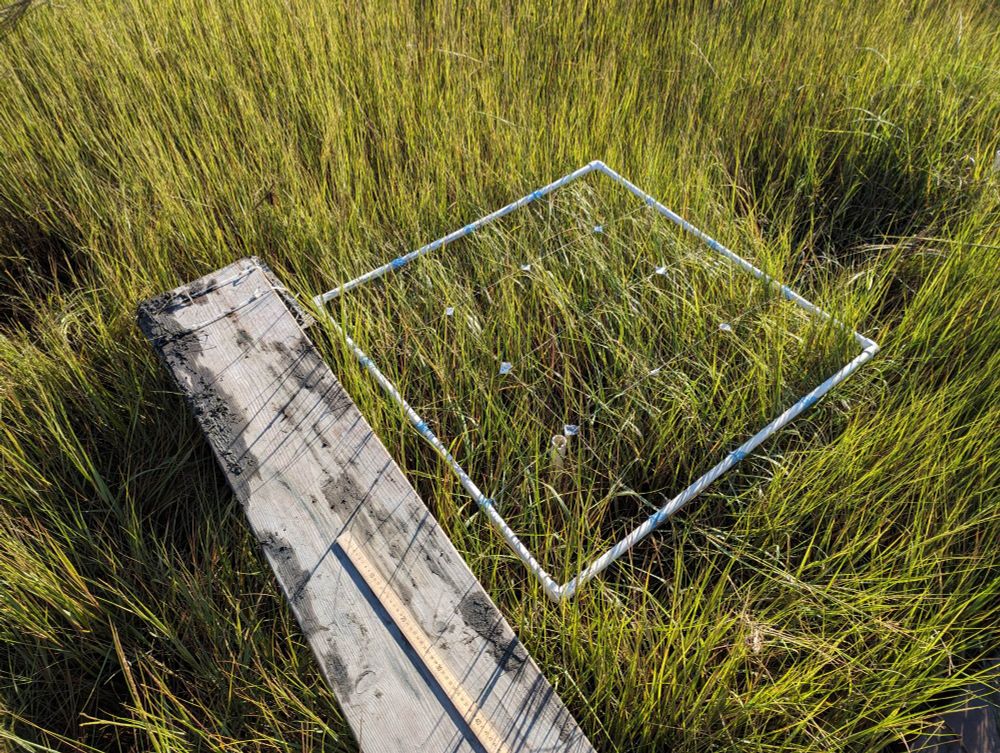

















Check out our blog with Dr. Matthew Costa @mangrovematt.bsky.social: buff.ly/8qHDj5A
#NationalEstuariesWeek #CommunicationSkills #SciComm #SciPol #StrategicMessaging

Check out our blog with Dr. Matthew Costa @mangrovematt.bsky.social: buff.ly/8qHDj5A
#NationalEstuariesWeek #CommunicationSkills #SciComm #SciPol #StrategicMessaging

























